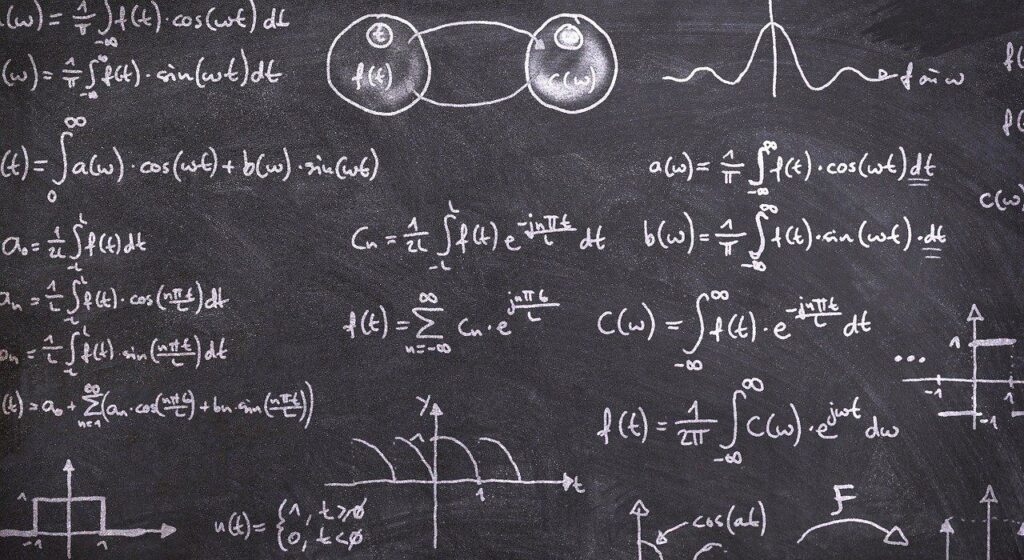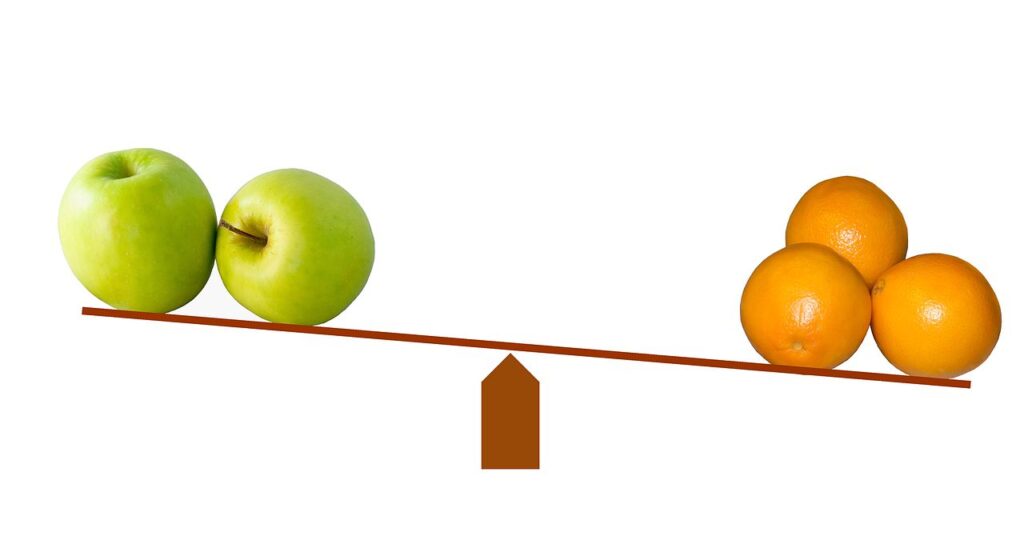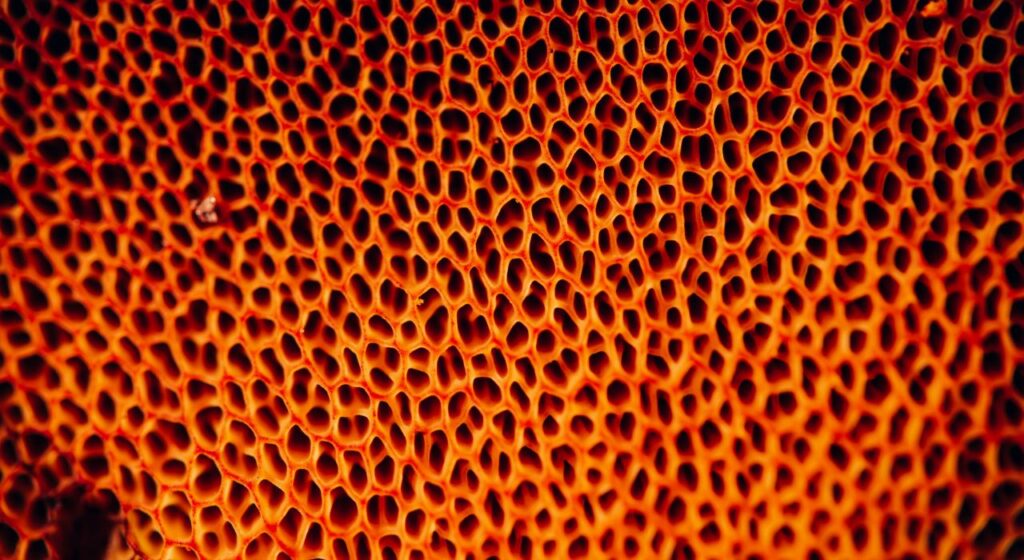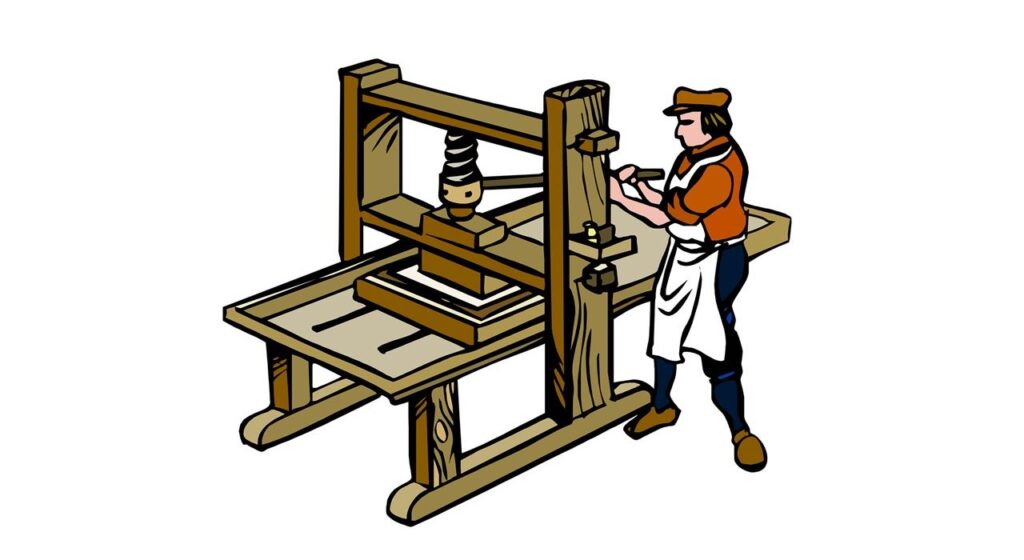February 12, 2021
Section 101 broadly recognizes patent eligibility for “any new and useful process, machine, manufacture, or composition of matter.” However, the U.S. Supreme Court has identified exceptions
Read more
February 3, 2021
Ex parte Whalen, is a 2008 decision of the Board of Patent Appeals and Interferences (BPAI) that is listed among the Patent Trial and Appeal Board’s
Read more
January 29, 2021
The Federal Circuit’s recent decision in SIMO Holdings, Inc. v. Hong Kong uCloudlink Network Technology Limited (decision) highlights the importance of English grammar when drafting, revising,
Read more
January 26, 2021
Typically, the first step in mounting an obviousness challenge is to determine the scope and content of the prior art. However, more than just an early
Read more
January 21, 2021
We are all aware of the challenges that prosecuting a claim including the term “about” can raise during prosecution – whether it is definite, whether it
Read more
January 19, 2021
Claimed ranges are prima facie obvious when they overlap a prior art range. When there is no overlap, Examiners will bridge the gap by arguing that
Read more
January 13, 2021
Obviousness requires both a reason to modify or combine prior art to achieve a claimed invention and a reasonable expectation of success. Evidence showing there was
Read more
January 8, 2021
U.S. patent examiners often use an optimization rationale when rejecting claims as obvious. Such situations typically arise when a claim recites a range of possible values
Read more
December 29, 2020
Ex parte Grillo-Lopez, is a 2020 decision of the Patent Trial and Appeal Board (PTAB) that is listed among the Board’s precedential decisions. Ex parte Grillo-Lopez,
Read more
December 23, 2020
While a judgment on obviousness is in a sense necessarily a reconstruction based on hindsight reasoning, such a reconstruction is improper if it includes knowledge gleaned
Read more










